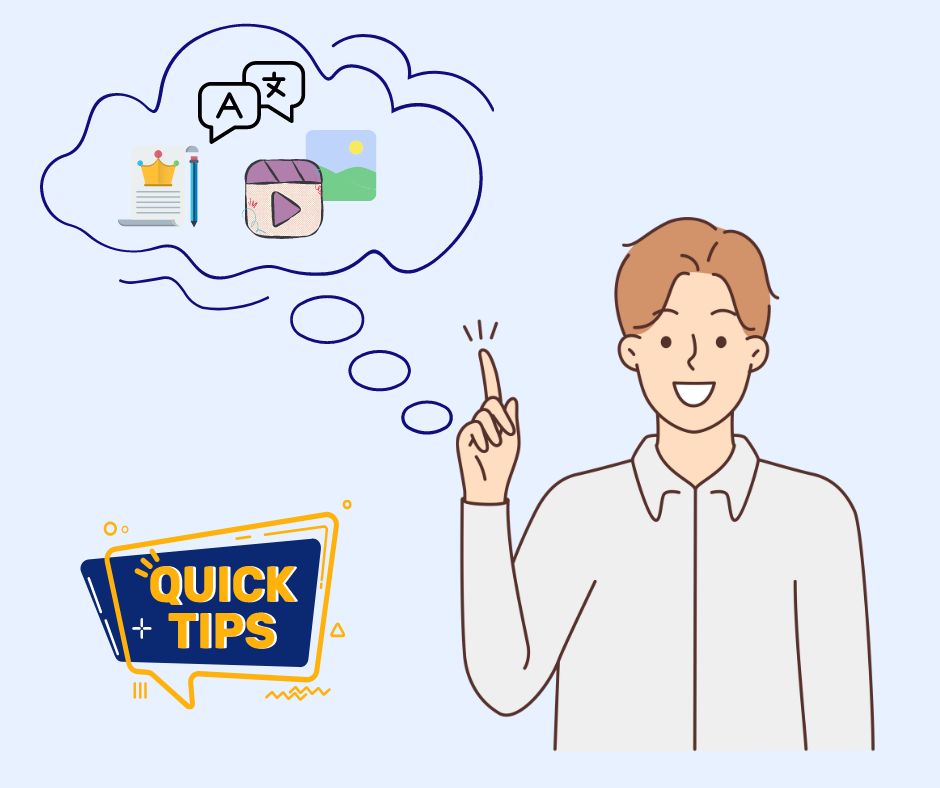Creating Easy-to-Use Websites
Creating websites has become essential in the digital age. They are an important tool for communication, marketing, and reaching customers. These platforms also allow users to create professional websites without the need for technical knowledge.

Definition of a Website
A website is a collection of pages linked together over the internet. A website has a homepage that provides an overview of the site's content, and it serves as the gateway to the rest of the pages. A website is typically hosted on one or more servers and is set up and maintained by individuals or groups for the purpose of providing information or services online.

Types of Websites
1- E-commerce websites
E-commerce websites allow you to provide a smooth and easy shopping experience for your customers, allowing them to browse, select, and purchase the products that interest them easily. You can also sell your own products from your online store.
2- News websites
These websites provide a variety of media content, with the aim of publishing news, reports, investigations, articles, providing advertising, and displaying visual and audio materials.
3- Personal websites
Personal websites are considered one of the social media platforms that allow individuals to share their lives and thoughts with others on the internet. Personal websites are web pages owned by individuals or small groups of individuals for personal purposes. Personal websites are used to display personal information or details about the hobbies or interests of the website owner. Personal websites also typically include photos, personal diaries, travel blogs, and biographies.
4- Blogs
Blogs are websites that publish content that includes articles or interactive posts written by individuals or groups. Blogs also cover a variety of topics such as technology, travel, food, culture, sports, and more. Blogs are a popular mean for personal expression and communication, and allow writers to share their thoughts and opinions with a wide group online.

The Importance of Creating a website
The importance of creating a website lies in the fact that it provides a unique way to connect with the world. Whether you choose to create a website to share your interests, inform people about your business, or sell your products and market them, a website can be a valuable asset.
1- Build your brand: A website can help you create a strong brand identity and enhance your credibility as a company or individual.
2- Market your business: A website can be a powerful marketing tool to help you reach a wider customers and increase sales.
3- Provide information: A website can be a great way to provide information to potential customers or users.
4- Provide customer support: A website can help you provide customer support by providing information about your products or services, or by offering troubleshooting or technical assistance.
5- Increase sales: A website can help you increase sales by providing a gateway for customers to purchase your products or services.
6- Reach new markets: A website can help you reach new markets by making your website available to people all over the world.

Steps to create a website
Step 1: Define your goals
Determine the main purpose of creating the website, whether it is to display information, sell products, or obtain subscriptions.
Define the target customers and the brand that the site will represent, and study the competition and how to outperform them.
Step 2: Study the competitive market
Search for websites that offer similar services and analyze their features carefully.
Step 3: Study the target audience
Move on to studying the target customers and identify their identity, needs, and preferences.
Understand the problems that the customers are facing and identify the appropriate solutions.
Create a "User Persona" to be a basic reference in defining design strategies and site features.
Step 4: Define the site's features
Create a list of all the requirements that the site offers and identify the basic features based on the site's goals, such as creating site-specific accounts and displaying products.
Step 5: Create a sitemap
Create a sitemap that defines the structure of the website and the relationship between the pages, as well as maps dedicated to image and video files.
Step 6: Define visual elements
Identify the visual elements such as colors, fonts, icons, images, and animations that contribute to the attractiveness of the front-end interfaces of the site.
Step 7: Design user interfaces
Design the final appearance of the site interfaces using specialized software such as Adobe XD, Sketch, and Photoshop.
Step 8: Test user interfaces
After completing the design of the site, carefully review the final result, and test the efficiency and usability of the interfaces. You can simulate the process of the website and navigate between the interfaces to complete tasks and services, and detect any potential error during work.

Tips for Creating a Successful Website
1- Understand your customers: When you understand your customers, you can create a website that meets their needs.
2- Use images and videos: Images and videos help to capture visitors' attention and make your site more engaging.
3- Use clear and concise language: Avoid technical or complex terminology and make the language you use as clear as possible.
4- Create high-quality content: Your site's content should be useful and informative.
5- Promote your site: Let people know about your site. Use social media and advertising to get the word out.
In conclusion:
we realize the importance of creating user-friendly websites in our current era, as user experience and ease of interaction with content are essential for the success of any website.



